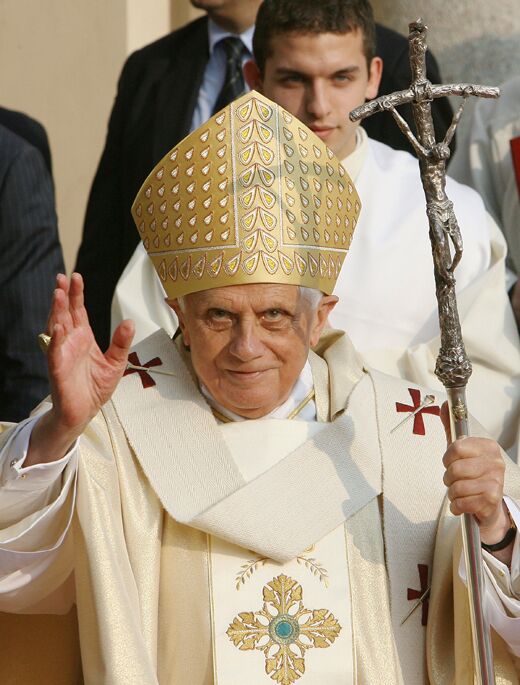
Pope Revives Latin Mass
Under the guiding hand of Pope Benedict xvi, the traditional Tridentine Mass is making a comeback in spite of internal and external opposition, reports USA Today.
The Second Vatican Council, conducted from 1962 to 1965, restricted the use of the Latin, ultra-conservative Tridentine Missal, or prayer book, for use during mass. The reason for the change, which was made during a time of emerging liberalism, was clear: Many felt that changing times called for a more flexible, inclusive mass. Where the Tridentine Mass was conservative, inflexible and peppered with derogatory implications toward Jews and non-Catholics, the new mass would facilitate greater participation among laymembers, be more compact and be written in a variety of languages. “Many in the church regard Vatican ii as a moment of badly needed reform and a new beginning,” wrote Nicole Winfield.
Though the decision to restrict the Tridentine Mass was welcomed by most, it was scorned by hard-core Catholics. A younger Joseph Ratzinger was among the disgruntled conservatives. At the time, Ratzinger, now Benedict xvi, criticized the changes ushered in by Vatican ii: “I was stunned by the ban on the ancient missal,” he wrote in his memoirs (Sunday Times, March 11).
Now that Ratzinger is the most powerful man in the Roman Catholic Church, he is in a position to reverse the Vatican ii decision. The Tridentine Mass will be an “extraordinary universal rite,” and the current mass will become an “ordinary universal rite” (ibid.).
Beyond simply reconnecting the church with its medievel past, there are other reasons moving Benedict to make the change. Many young Catholics, for example, are expressing interest in the Latin and Greek mass rather than one in the vernacular; for them the old is actually new. For many born after Vatican ii, the Tridentine Mass strikes them as purer religion. “There’s another level there that I don’t find at other masses,” one young attendee said (Baltimore Sun, February 25).
Another reason for the change is that ultra-conservative groups that have held fast to the Tridentine Mass will fall back into the fold of Catholicism easily.
Benedict’s mission to restore the old mass is no easy task. He is confronting a great amount of external and internal opposition.
Outside the church, Jews and non-Catholics are concerned about the Tridentine’s prayers for those deemed “unfaithful” of different religious beliefs.
Inside the church, opposition from liberal Catholics is causing Benedict to seriously consider “publication of a papal ‘motu propio’ (literally, ‘on his own initiative’), which does not require the approval of church bodies. This would enable Benedict to ignore opposition from several cardinals,” reported the Sunday Times.
Certainly, Benedict’s resurrection of the Tridentine Mass is not intended to be popular or draw droves of followers. The move will likely alienate many more than it will please. It is another sign of how Pope Benedict xvi is leading the Roman Catholic Church back to its conservative roots—a trend we must continue to watch. History shows that there is no more formidable force than a medieval papacy.
